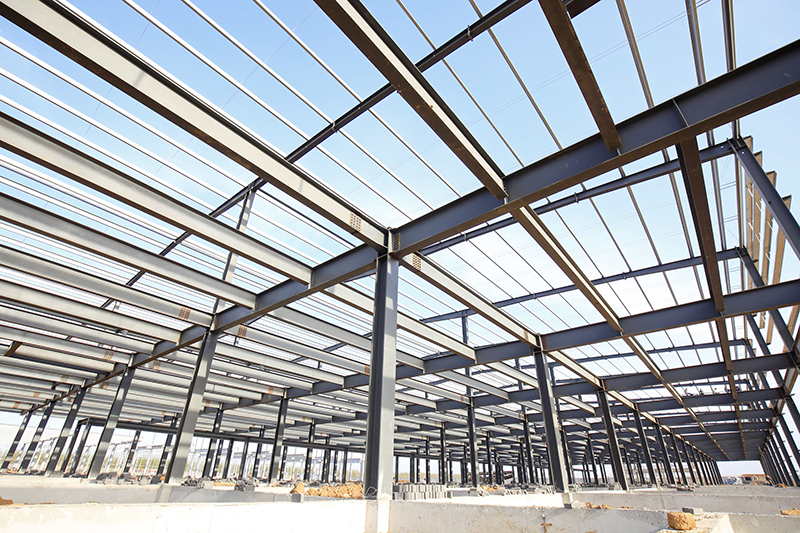More than 50% of the world’s steel production is for the consumption in the construction industry. Buildings, bridges, pipelines, etc, all rely on steel for providing strength and durability to the structure. From increased lifetime of a structure to the better environmental impact and the property of steel to be endlessly recyclable has made it the foundation of the world’s infrastructural needs.
The population around the world is estimated to increase by slightly more than one billion people over the next decade, reaching around 8.6 billion in 2030, and further to 9.8 billion in 2050 and 11.2 billion by 2100 according to the World Population Prospects 2017 Revision by the UN. This, however, would be accompanied by rapid urbanisation, which in turn would grow the need for better infrastructure and housing facilities. Since this need is ever growing, reducing the rampant exploitation and consumption of natural resources as well as less sustainable resources is necessary for the future to be sustainable.
Importance of steel in buildings and infrastructure
The possibilities for steel usage in buildings and infrastructure are limitless. The most common applications are listed below:
For buildings:
- Structural sections: Used for the strong, stiff frame for the building.
- Reinforcing bars: Provide tensile strength and stiffness to concrete. The advantages of using steel are that it binds well with concrete, has a similar thermal expansion coefficient and is relatively cost-effective. Reinforced concrete is currently the world’s primary construction material.
- Sheet products: Sheet products such as cladding, roofing, ceiling, insulating panels for exterior walls, etc.
- Non-structural steel: Steel is also used for many non-structural applications in buildings, such as heating and cooling equipment and interior ducting.
- Internal fixtures and fittings such as stairs, rails, shelves etc.
For infrastructure
- Steel is used in constructing bridges, railway tracks, tunnels and in utility buildings such as fuelling stations, railway stations, ports and airports.
- Utilities like water and fuel: Over 50% of the steel used for this application is to lay underground pipelines to distribute water and gas to and from houses. The rest is used for power stations and pumping houses.
- The high-strength steels are used in places like offshore oil rigs, construction equipments, rail carriages, tanks and pressure vessels, nuclear, thermal and hydroelectric plants.
Steelmakers all over the world are now increasingly providing construction solutions that enable buildings that are energy efficient and carbon neutral. These reduce the environmental impact of the structure over its lifetime while also providing scope for recycle and reuse after disassembly. Steel is affordable, strong, durable, versatile, sustainable and 100% recyclable and provides the solution to infrastructure and construction needs of the world.
While construction currently is one of the major industries for global greenhouse gas emissions, steel construction presents opportunities for reducing these emissions and mitigating climate change. Therefore, governments all over the world are creating more and more opportunities and pushing towards use of steel in construction to meet the infrastructure and housing needs of future generations.






